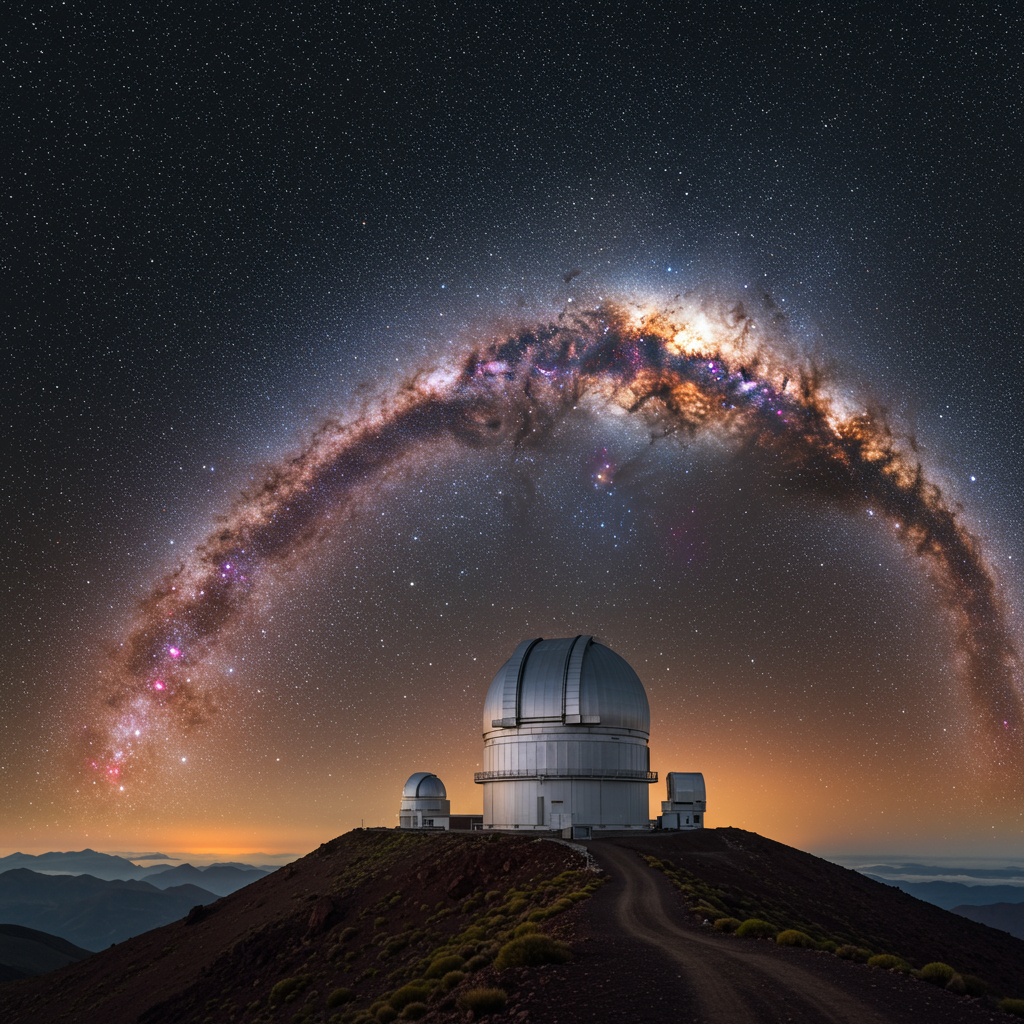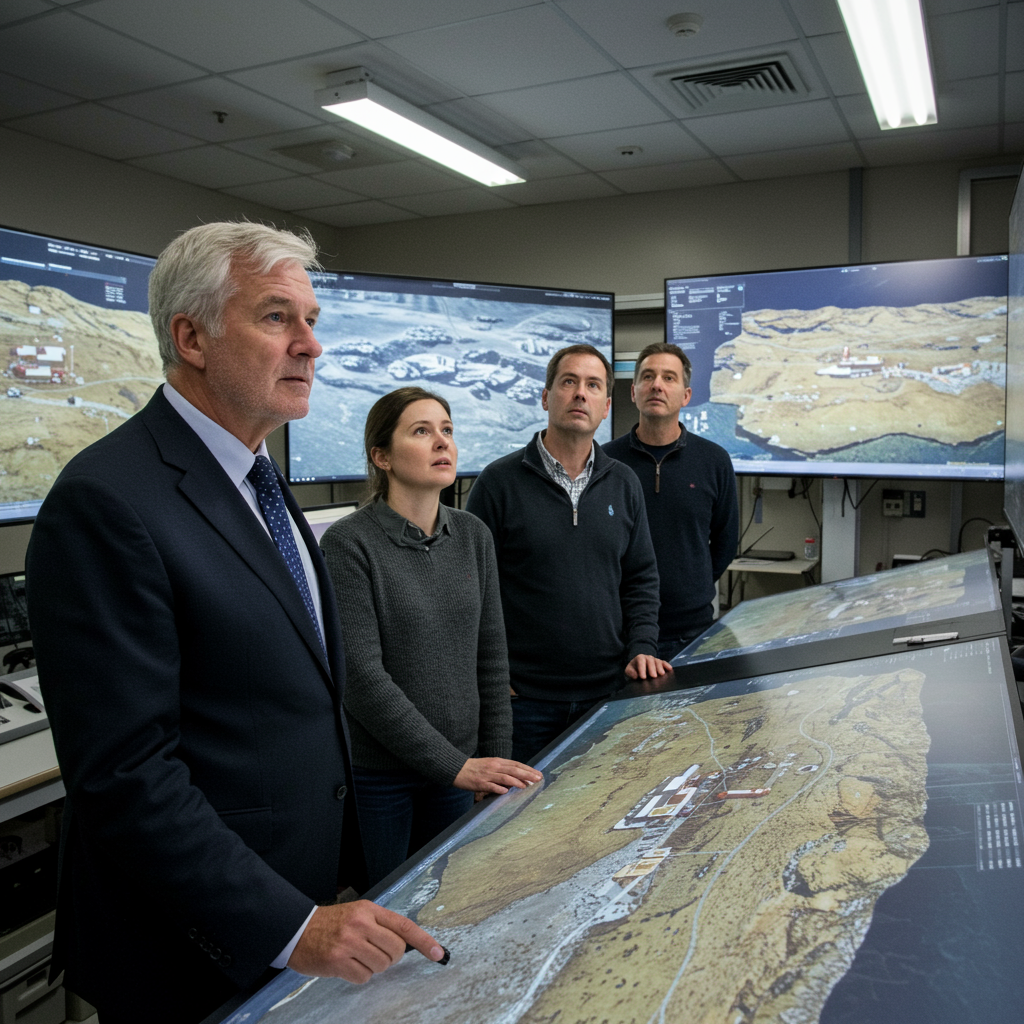Early on Thursday, September 18, 2025, a new chapter in global connectivity unfolded as SpaceX successfully launched 28 Starlink V2 mini satellites into low Earth orbit. Lifting off from Cape Canaveral Space Force Station, Florida, the powerful Falcon 9 rocket executed a flawless predawn ascent, further expanding the world’s largest satellite internet constellation. This crucial mission, designated Starlink 10-61, showcased SpaceX’s relentless pursuit of reusability and its commitment to delivering high-speed, low-latency internet access worldwide.
Unveiling the Starlink 10-61 Mission: A Leap in Connectivity
The Starlink 10-61 mission commenced at precisely 5:30 a.m. EDT (0930 UTC) from Space Launch Complex 40 (SLC-40) at Cape Canaveral. Aboard the Falcon 9 were 28 advanced Starlink V2 mini satellites, designed to enhance the network’s capacity and speed significantly. These satellites were deployed into their designated low Earth orbit approximately 64 minutes after liftoff, marking another successful addition to the ever-growing constellation. The deployment of these V2 mini units is pivotal for Starlink’s continued evolution, promising more robust service for users across the globe.
This particular launch plays a vital role in Starlink’s aggressive expansion strategy. With over 70% of Falcon 9 missions dedicated to building out the Starlink megaconstellation, it stands as the most extensive network of active spacecraft ever assembled, boasting nearly 8,400 operational satellites. Each SpaceX Starlink launch incrementally strengthens this global web, pushing the boundaries of satellite internet capabilities and reaching underserved areas.
The Reusable Workhorse: Falcon 9 Booster B1092’s Seventh Flight
At the heart of this successful mission was the Falcon 9 first stage booster B1092, undertaking its seventh flight. This remarkable level of reusability is a testament to SpaceX’s groundbreaking engineering and operational efficiency. Booster B1092 has a distinguished service record, having previously supported a diverse array of critical missions. Its past endeavors include:
Three national security missions (NROL-69, GPS III-7, and USSF-36)
Two prior batches of Starlink satellites
SpaceX’s 32nd cargo resupply flight to the International Space Station (CRS-32)
Its immediately preceding mission involved sending the U.S. Space Force’s robotic X-37B space plane into orbit, highlighting its versatility.
The successful recovery and re-flight of boosters like B1092 dramatically reduce the cost of space access, accelerating the pace of launches and making ambitions like a global satellite internet network economically viable. This reusable rocket technology is a cornerstone of SpaceX’s strategy.
Precision Landing: Mastering Rocket Recovery at Sea
Just over 8.5 minutes after liftoff, the Falcon 9 booster B1092 executed a flawless descent and precision landing on the autonomous drone ship “Just Read the Instructions.” Stationed in the vast Atlantic Ocean, this floating platform provided the perfect target for the booster’s precise return. This marked the 136th successful touchdown for this specific drone ship. More broadly, it contributed to SpaceX’s impressive overall record of 506 booster landings to date, solidifying its position as the leader in rocket reusability.
The successful recovery is not just a technical marvel; it is fundamental to SpaceX’s high-cadence launch schedule. Each successful landing streamlines future missions, further optimizing the company’s already rapid operational tempo. Observers confirmed the successful landing by 6 a.m., shortly after the predawn launch.
A Glimpse at Launch Day Conditions and Atmospheric Challenges
The weather conditions leading up to the SpaceX Falcon 9 Starlink launch were closely monitored by the 45th Weather Squadron. Initial forecasts indicated a 65 percent chance for favorable weather during the designated launch window. Meteorologists specifically watched for the potential impact of cumulus clouds, noting that while they were likely to be isolated, a more concentrated band of moisture could have presented challenges.
Despite these considerations, the launch proceeded without issue. Visual cues from the ground confirmed fueling procedures were underway in the hours before the 5:30 a.m. liftoff. National Weather Service radar showed zero significant cloud cover across Brevard County, Florida, in the immediate pre-launch period. This fortunate break in atmospheric conditions allowed the mission to proceed precisely on schedule, demonstrating how meticulous planning and real-time assessment are critical for successful spaceflight operations from Florida’s Space Coast.
SpaceX’s Unprecedented Orbital Cadence: A Glimpse into the Future
This Starlink 10-61 mission is part of an astonishingly busy year for SpaceX. It represents the 117th Falcon 9 flight of 2025 to date, showcasing an unparalleled orbital cadence. The company’s relentless schedule highlights its dominant role in commercial spaceflight and its rapid progress in expanding humanity’s access to space. A significant proportion of these missions, exceeding 70%, are dedicated to the relentless expansion of the Starlink megaconstellation.
Beyond Starlink, SpaceX’s high operational tempo supports diverse objectives. Just a week prior, on September 11, 2025, SpaceX also launched the Nusantara Lima satellite for an Indonesian telecom company, further demonstrating the versatility and reliability of its Falcon 9 rocket. This consistent launch rate from Cape Canaveral and other launch sites underscores SpaceX’s ambition to revolutionize both space exploration and global communication.
Beyond Starlink: SpaceX’s Broader Ambitions
While Starlink launches frequently grab headlines, they are part of a larger, more ambitious vision for SpaceX. The company is actively pursuing several groundbreaking initiatives, illustrating its multifaceted approach to space technology:
Starship Development: SpaceX continues to develop its next-generation Starship mega-rocket, designed for deep-space missions and eventual human settlement on Mars. Although a third test flight in May 2025 from Texas ended unsuccessfully, with the 403-foot-long rocket losing control and experiencing an explosion, the iterative development process continues. A fourth test flight in August 2025 was reported as a complete success, demonstrating the rapid pace of development.
Strategic Acquisitions: The company has also made significant strategic moves, such as acquiring $17 billion worth of spectrum licenses from EchoStar. This investment highlights SpaceX’s commitment to enhancing its satellite communication infrastructure and expanding its market reach.
These endeavors collectively paint a picture of a company pushing the boundaries of what’s possible, not just in satellite internet, but across the entire spectrum of space exploration and connectivity.
The Impact of Starlink V2 Mini Satellites on Global Connectivity
The deployment of Starlink V2 mini satellites signifies an important evolutionary step for the entire Starlink network. These advanced satellites offer improved capabilities compared to their predecessors, contributing to:
Increased Network Capacity: Enabling more users and higher data throughput, crucial for a rapidly expanding subscriber base.
Enhanced Performance: Delivering faster speeds and lower latency, improving the overall user experience.
- Broader Coverage: Extending reliable internet access to even more remote and underserved regions globally.
- spaceflightnow.com
- www.space.com
- www.floridatoday.com
- www.livemint.com
- www.space.com
As the constellation grows with missions like Starlink 10-61, the reach and robustness of the Starlink network will continue to improve, fulfilling its promise to bridge the digital divide and provide ubiquitous, high-speed internet access across continents and oceans.
Frequently Asked Questions
What was the primary purpose of the Starlink 10-61 mission?
The primary purpose of the Starlink 10-61 mission was to deploy 28 Starlink V2 mini satellites into low Earth orbit. Launched from Cape Canaveral Space Force Station on September 18, 2025, this mission significantly contributed to the ongoing expansion and enhancement of SpaceX’s Starlink megaconstellation. The new V2 mini satellites are designed to improve network capacity, speed, and overall performance for global internet users.
Where do SpaceX Falcon 9 boosters typically land after a mission like Starlink 10-61?
After a mission like Starlink 10-61, the Falcon 9 first-stage booster typically performs a precision landing on an autonomous drone ship stationed in the ocean. For this specific mission, booster B1092 successfully landed on the drone ship “Just Read the Instructions,” positioned in the Atlantic Ocean, approximately 8.5 minutes after liftoff from Cape Canaveral. These drone ship landings are critical for SpaceX’s reusable rocket technology, enabling a high operational cadence.
How does this launch contribute to the expansion and capabilities of the Starlink internet network?
The Starlink 10-61 launch, by adding 28 new V2 mini satellites, directly contributes to expanding the Starlink internet network’s size and capabilities. These advanced satellites provide increased network capacity, faster data speeds, and lower latency. This expansion allows Starlink to serve more users, improve service quality in existing coverage areas, and extend internet access to new, remote regions, reinforcing its status as the world’s largest satellite internet constellation.
The Future of Global Connectivity and Space Exploration
The successful Starlink 10-61 mission is far more than just another SpaceX Starlink launch. It is a tangible demonstration of humanity’s accelerating journey into space and the relentless pursuit of global connectivity. With each precisely executed launch and every recovered booster, SpaceX not only refines its reusable rocket technology but also weaves a more intricate and capable web of satellite internet, bringing critical services to communities worldwide. As SpaceX continues its aggressive orbital cadence and pushes the boundaries with projects like Starship, the impact on both space exploration and everyday life is set to be profoundly transformative.




